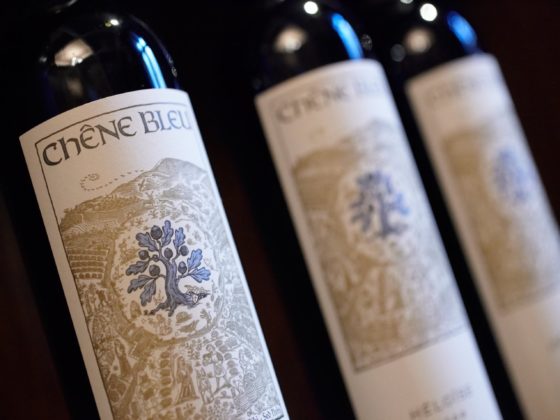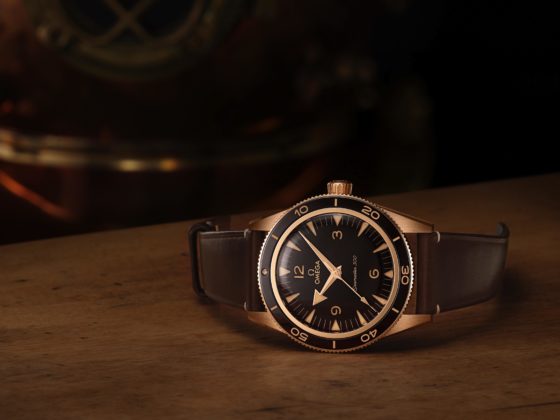Unknown, the profession of curator is inseparable from the transmission: of a culture, or know-how. A magnificent book has just been published, taking the reader into a while allowing him to penetrate within mythical places and not easily accessible to the general public.
By Timothé Guillotin
It is a job that is still unknown to the general public. So, from At first sight, we could imagine that the curator is to the museum what the conductor is at the Opera: the one who organizes, preserves and, from devotes his daily life to the institution he represents. However, by questioning these guardians of heritage on the issues related to its profession, you will undoubtedly hear them evoke, from the outset, the notion of transmission. To transmit, a culture, a know-how, the infatuation for an artist, a movement or a period remains essential to them. Then comes the seductive and no less important idea of making the public in time and space.

To achieve their goals, the curators redouble their ingenuity each season by organizing ever more creative events to highlight their work. Also, some people sometimes use classic tools, such as the publication of a book, which, if perfectly executed, can be very effective. The 100 Treasures of Military Libraries has the double advantage of taking the reader on a real journey while allowing him or her to enter mythical places that are difficult to access for the general public. An exceptional heritage document, the book is the result of meticulous work by the curators of the five main French military libraries: Polytechnique, Saint Cyr Coëtquidan, École militaire, the Service Historique de la Défense and the Service historique des armées. For almost two years, each of them has been working to select their most beautiful pieces so that they can be gathered in a single work. L’Honoré Magazine unveils in exclusivity some of the most beautiful archives. There too, with the will to transmit.
Built in six parts, the book The 100 Treasures of Military Libraries opens with an essential historical theme : war. This first chapter is entitled The Art of War in reference to the treatise on strategy of the Chinese Sun Tzu. It takes us to the high places of military history through a plethora of handwritten maps, plans of battlefields and reproductions of battle scenes. In the middle of these archives, there is also include more surprising documents such as a guide to the perfect aide-de-camp dated 1760, which urges novice officers to “be young of body and old of mind”.

In the second part, the “Discovery of world”, the book takes us across the continents: from the Canary Islands to the Mekong basin through Australia and the province of Rio de Janeiro. We are invited to embark on this long journey alongside the most prestigious explorers such as Guillaume Le Testu or Marco Polo. Immediately, it appears that the exploration of the surface will remain an unequalled factor of evolution. Each new territory indeed brings its share of subjects to think about, traditions to discover and knowledge to be developed. It is from this knowledge, scientific and technical, which is discussed in the third part of the book. Named, “Sciences & Technologies”, it makes the part to mechanics, fauna and flora, anatomy or the universe marine. We also discover the medical techniques of the time with for example, a manual of bandages and devices for use by surgeons in the army.
Afterwards, you will be immersed in the life of the military of yesteryear. Here again, we can see the progress over the years centuries through the representations of the different tools of the daily life of the soldiers: vehicles, gymnastic books, medical instruments… This chapter introduces the fascinating notion of the communication of the armies thanks to, among other things other, to posters and other propaganda materials.

Before presenting the five libraries in a sixth and final last part, we can find some pieces as unique in the chapter entitled “Surprise and curiosity”. Special mention to the typical recipes of a Paris under siege. Published during the war of 1870, when the winter is harsh and poor in food reserve, this text proposes among other delights, the stew of dog and cat stew…
Like the activity of curators, libraries military remain an unknown universe. However, they keep within them some of the most beautiful jewels of world history.












